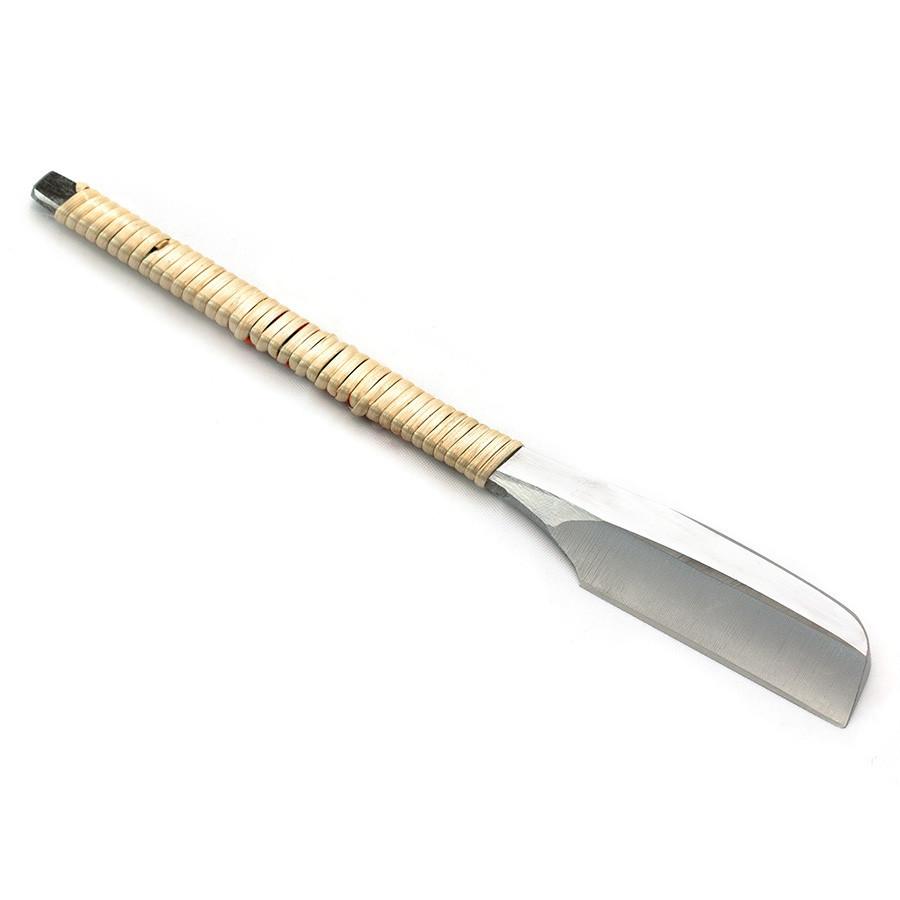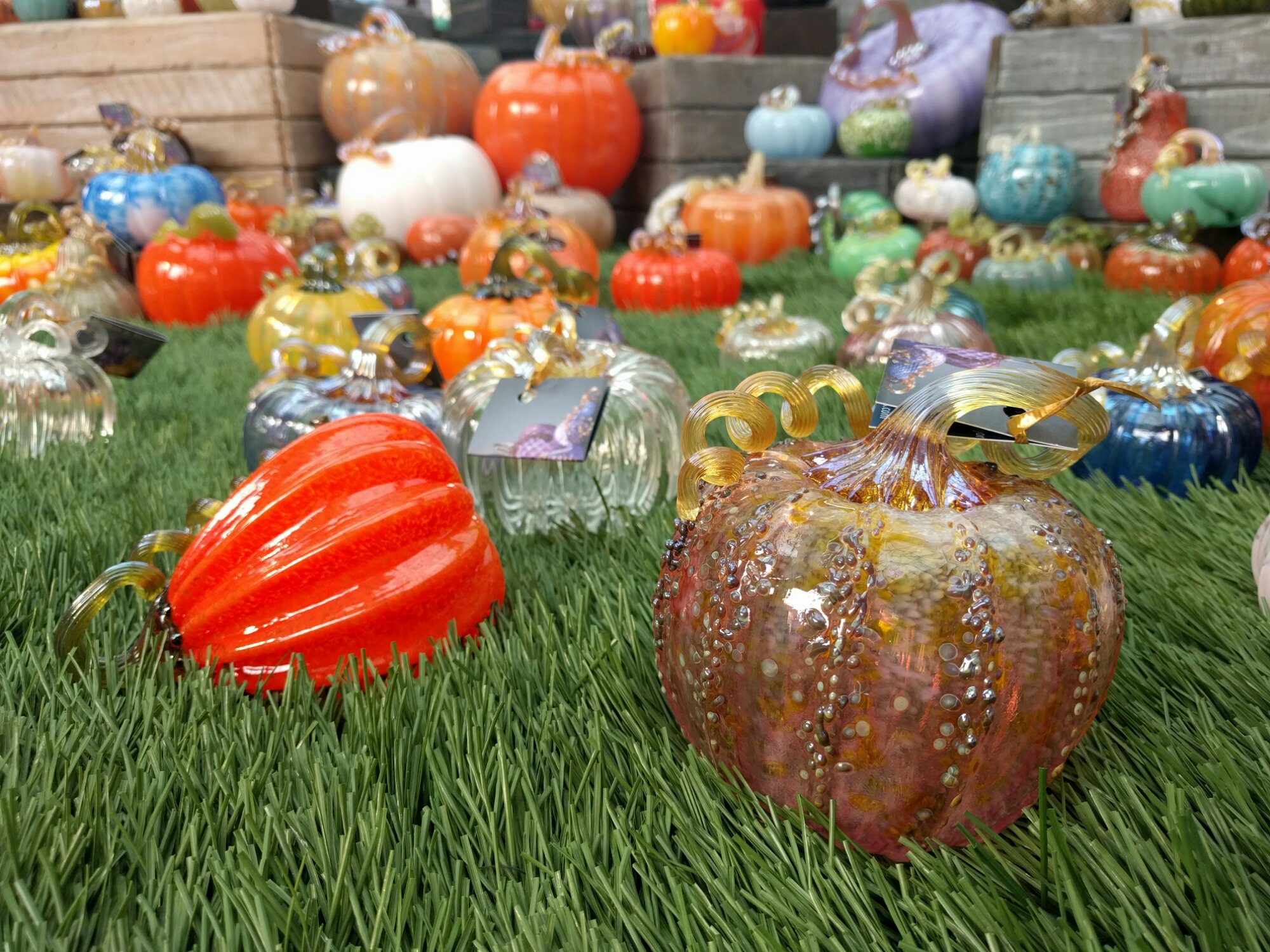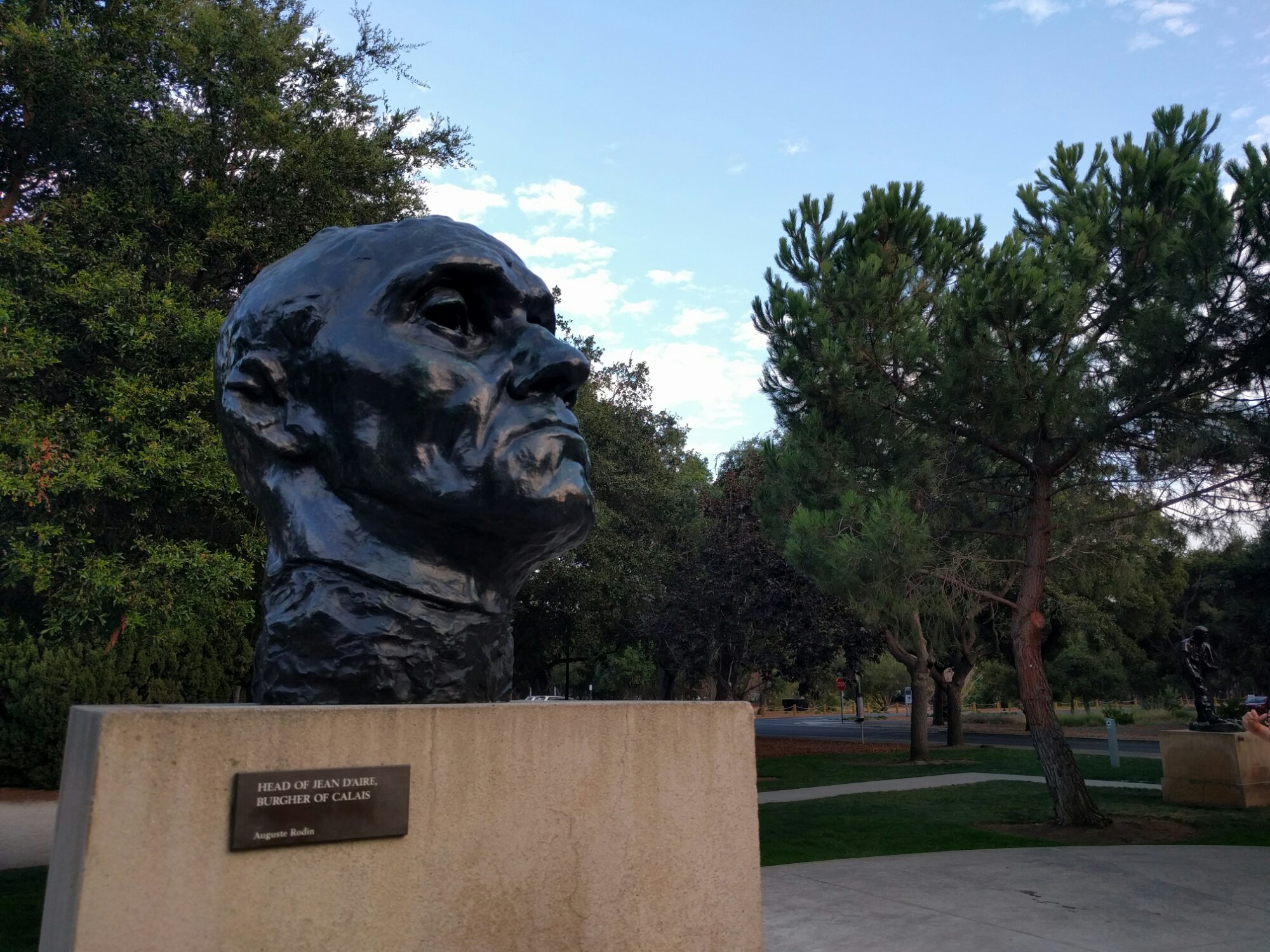I recently finished Dude Making a Difference by Rob Greenfield, of RobGreenfield.tv. The book is a diary-style account of the author’s adventure across the US by bike. He did it as a pro-environmental publicity stunt, to show how little one can really live on. The point was to put into perspective how excessive the average American lifestyle is.
Homemade mattress review
After sleeping on my mattress for a few nights on and off, I’m disappointed to report that it gives me allergies ): I know for sure that it’s not because it’s made of wool. My pillow is also stuffed with wool, and I’ve never had trouble with it. Instead, the problem seems to be the quality of the wool…
Century-old Korean barbershop!
This awesome video is from my sibling. Notice the use of vinegar to rinse hair near the end of the video! Vinegar is actually good for your hair, and is used in the no-shampoo community as an alternative to conventional conditioner.
Also cool is the use of a straight razor! I’m surprised the barber had such an old razor, though. In Japan at least, the traditional razor, used before Westernization, is the kamisori. I figure Korea used something more similar to that than to European straight razors.

Pumpkins at the Stanford Shopping Center
All the stuff we buy in packaging
Someone new(er) to living low waste asked what types of packaging I still buy. I’m pretty sure the asker just meant categories, like cans, glass jars, milk jugs, etc. However, I found it an interesting exercise and tried to enumerate all the things we regularly buy that come in packaging. I’m not counting durable goods that need some research before purchase, like clothing, shoes, cookware. These types of items can often be found at thrift stores anyway.
To find all the packaging we buy, I walked around the apartment looking in cupboards. I could have looked in the trash, but packages that we go through slowly wouldn’t have been included. But I’m sure I forgot something…
Here is everything that my household routinely purchases in packaging:
Stanford Sculpture Garden
I actually bought something from Usaato

Last Friday, J and I went to a special event in Los Gatos put on by Usaato. First we watched a video about Usaato’s production methods. Unfortunately, I can’t find the video 🙁 But if I find it in the future, I’ll make sure to share it here.
After the video, there was a modern taiko and dance performance by the Kohaku group, based in Sacramento. The performers wore (awesome) flowy clothes made by Usaato.
Then Usaburo Sato, the designer behind Usaato, talked us through the production video. He talked about production techniques and dying techniques- and even knew what a lot of the dye plants are called in English (and some in Latin)! He spoke English surprisingly well for a random Japanese clothes designer.
Mattress update: Tufting
After lacing, I cut the string so that every desired tuft location had two string ends on the top of the mattress. I loosely tied the ends with a special tufting knot, as described in How to make a cotton mattress.

Before tightening the string fully, I placed rolled up pieces of cotton sliver on the top and bottom of the mattress underneath the string. This helps prevent the string from ripping through the fabric of the ticking (mattress case).
This part was really hard. You have to tighten the string a lot, and each knot has to be tightened the same amount. Otherwise your mattress will be lumpy and uneven. It took me several days to finish this part. My fingers were so sore!!

The final mattress is fine. It’s not amazing, but it’s definitely sufficient. It’s pretty firm, as expected. Unfortunately, there’s very little spring. Maybe I should have added a thin latex core. I hear latex is excessively springy, enough that it’s not usually used alone.
I haven’t slept on the mattress yet, so I’ll report back once the two of us are more familiar! 😀
Mattress update: Lacing

After stuffing the mattress, you need to lace and tuft it. In a mattress, tufting compresses the stuffing to give it a specific feel (for wool, springier and firmer). It also helps hold the stuffing in place. If a wool mattress isn’t tufted, then as you sleep on it, the wool will tend to shift to the edges of the mattress, leaving you in a ditch. And you need to lace before you tuft.
Why am I making a mattress?
Why did I decide to make a mattress? Well, I started researching and kinda went down the rabbit hole…
I’d had my eye on Holy Lamb Organics wool mattress for a long time. It seems like a great company. They use organic cotton and organic/sustainably sourced wool. But the mattresses only come in 4″ and 5″ thicknesses (seemed a bit thin for my then-tastes) and are fairly expensive ($1300 or $1600 for twin XL, depending on thickness).
So I started doing more research into sustainable and some conventional mattress options.
I found several other (seemingly lesser) brands, and then I came across DIY Natural Bedding. This is a company that supplies the parts for people to assemble their own mattresses and other bedding, like comforters and pillows (!!!!). So cool!! And almost all of the parts are sustainable. For example, all their fabric is organic cotton, grown and milled in the US. The wool is basically organic (not certified, but still sustainable).Their latex is organic. They also do custom work, e.g. for furniture.
The DIY Natural Bedding website is rife with inspiration. I figured if I were going to assemble the mattress myself, I might as well go all the way and make the parts myself too. You know I love crafts!
I decided to make a wool mattress, as opposed to latex, for a few reasons. Wool can be raised domestically; latex comes from rubber trees, which only grow in tropical regions. The latex from DIY Natural Bedding, in particular, is from Sri Lanka, which is far away. Latex mattresses last a long time (30 years!), but wool lasts even longer (100 years!!!!, with some maintenance). If I ever decide to dissemble my mattress, it would be easier to repurpose wool than to repurpose a rectangular chunk of latex foam. I am absolutely certain that wool is biodegradable; I’m not sure about latex.
Lastly, wool mattresses are traditional. I know, I know, not a great reason. But I am solidly part of the modern reskilling movement, and think that it’s important to preserve traditional crafts. How to make a cotton mattress is an old document I heavily relied on for construction ideas.
Here’s a cute story about how long wool mattresses last. Here’s another cute story.




